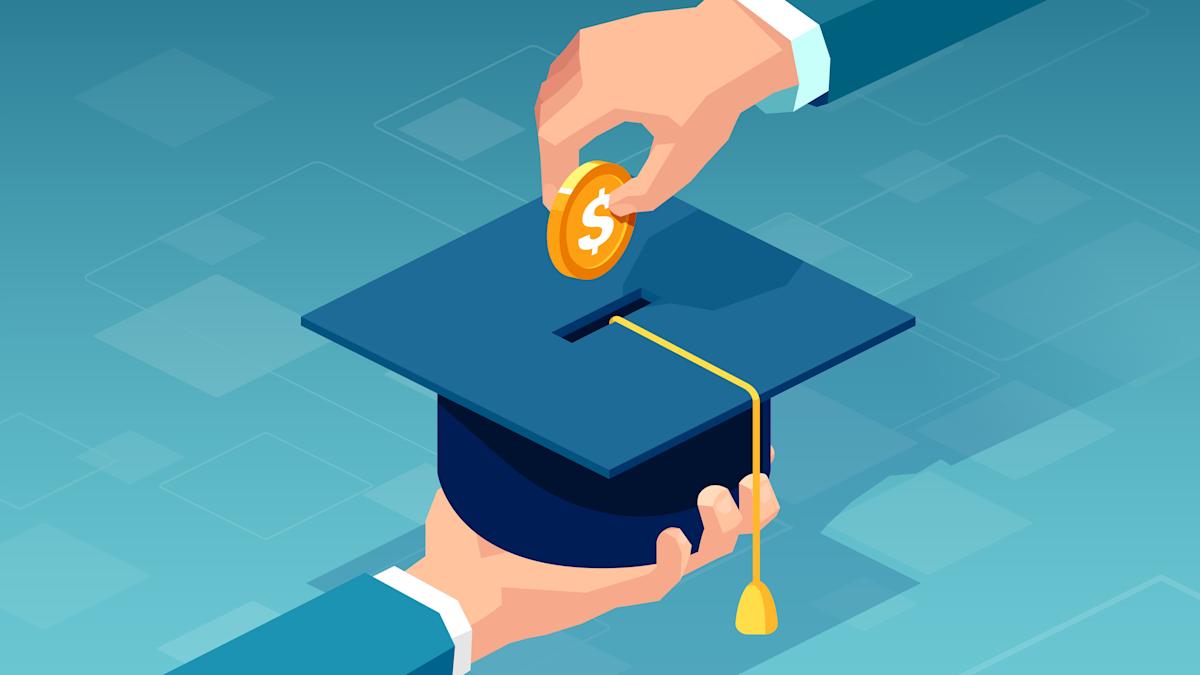00:00 Speaker A
All week, we’re giving you everything that you need to know about paying back your student loans. Today, we’re breaking down all the latest policy changes under the Trump administration. Joining us now for that, we’ve got Mark Kantrowitz, author and student loan expert. Mark, let’s start with some of the proposals in the Republican budget bill. What changes could come for borrowers if it is passed as is?
00:31 Mark Kantrowitz
Well, first of all, it repeals the subsidized Stafford Loan for undergraduate students and the Grad Plus loans for graduate students. It sets the House version of the bill sets new aggregate loan limits of $50,000 for undergraduate students, $100,000 for graduate students, and $150,000 for professional school students. The Senate version of the bill, which just dropped this morning, uh has $200,000 limit for professional school students. And it has an annual limit for the undergraduate students of for the Grad Stafford Loan of $20,500 and $50,000 for professional school students. Uh, it gets rid of uh the economic hardship deferment and unemployment deferment, and changes forbearance to nine months out of every 24 months. Uh, and it’s replaces the dozen or so, uh student loan repayment plans with just two. A standard repayment plan which is more like an extended repayment plan, the repayment term depends on the amount you owe. Uh, and an income-based repayment assistance plan, which is an income-driven repayment plan that uh has monthly payments that are slightly less than the current income based repayment, but much higher than under the save repayment plan which has been blocked by the courts.
03:14 Speaker A
And so as we’re trying to think about some of the largest changes for, for what this means long, what this means longer term, are students going to end up having a more difficult time getting student loans, not just applied for, but also getting those disbursements as well. What, what’s the net effect?
03:48 Mark Kantrowitz
Well, the net effect is that uh, students at higher cost colleges that need to borrow more are going to have to borrow from the private student loan programs, uh, not just from the federal student loan programs. So, about 7% of undergraduate students, up to a little bit more than half of medical school students will have to borrow private loans because federal loan limits will not be enough. Um, the grants are also going down, which may shift uh, some students from getting grants into borrowing or not going to college at all. The House bill uh, eliminates Pell Grant eligibility for students who are enrolled less than halftime. Um, and that’s going to disproportionately affect students at community colleges. It also changes the definition of full-time from 12 credits a semester to 15 credits a semester, which is the equivalent of about a 20% cut in the Pell grants that the students who were previously enrolled in 12 credits will receive. That means they’re going to have to borrow, or not go to college at all.







